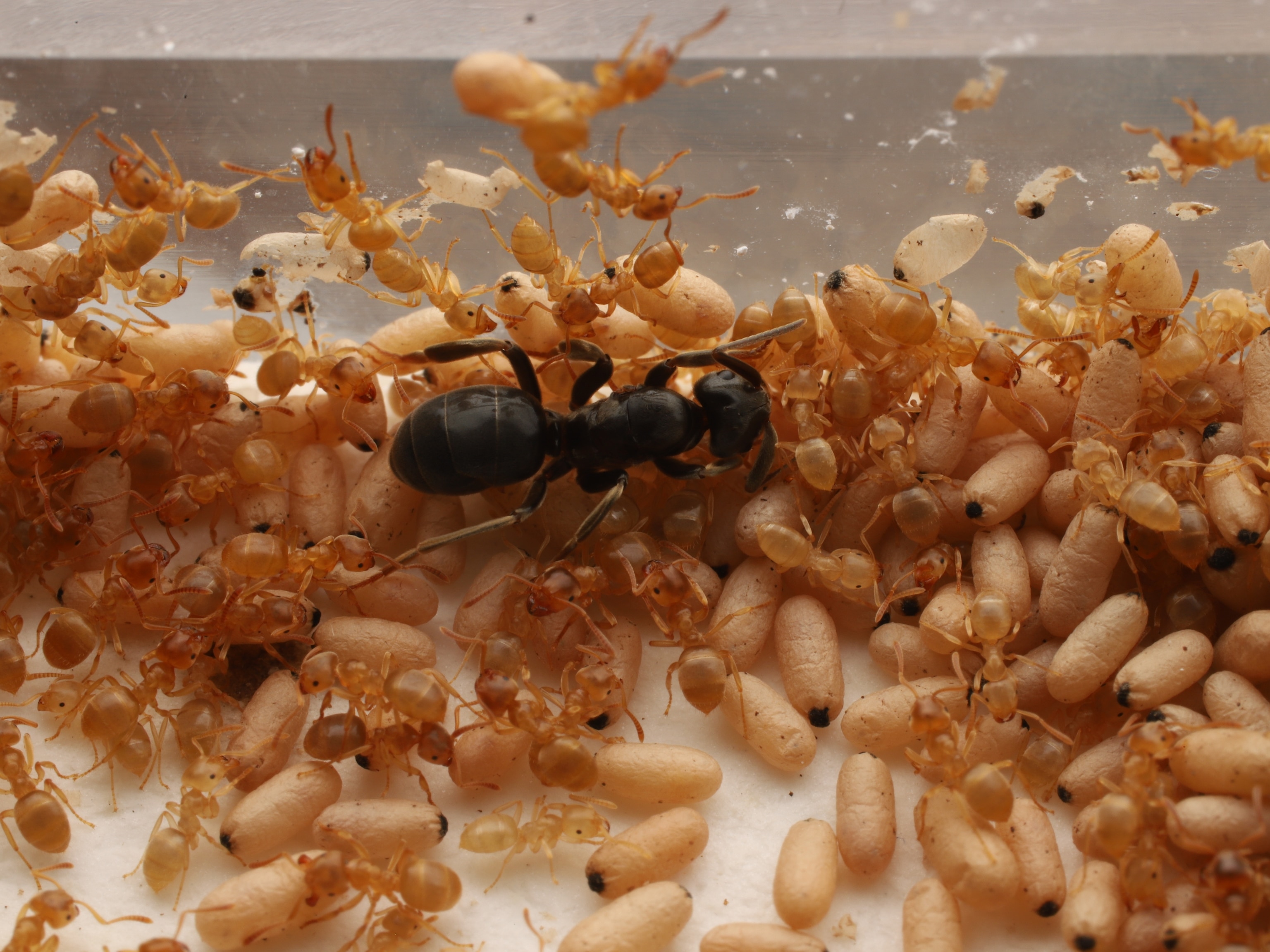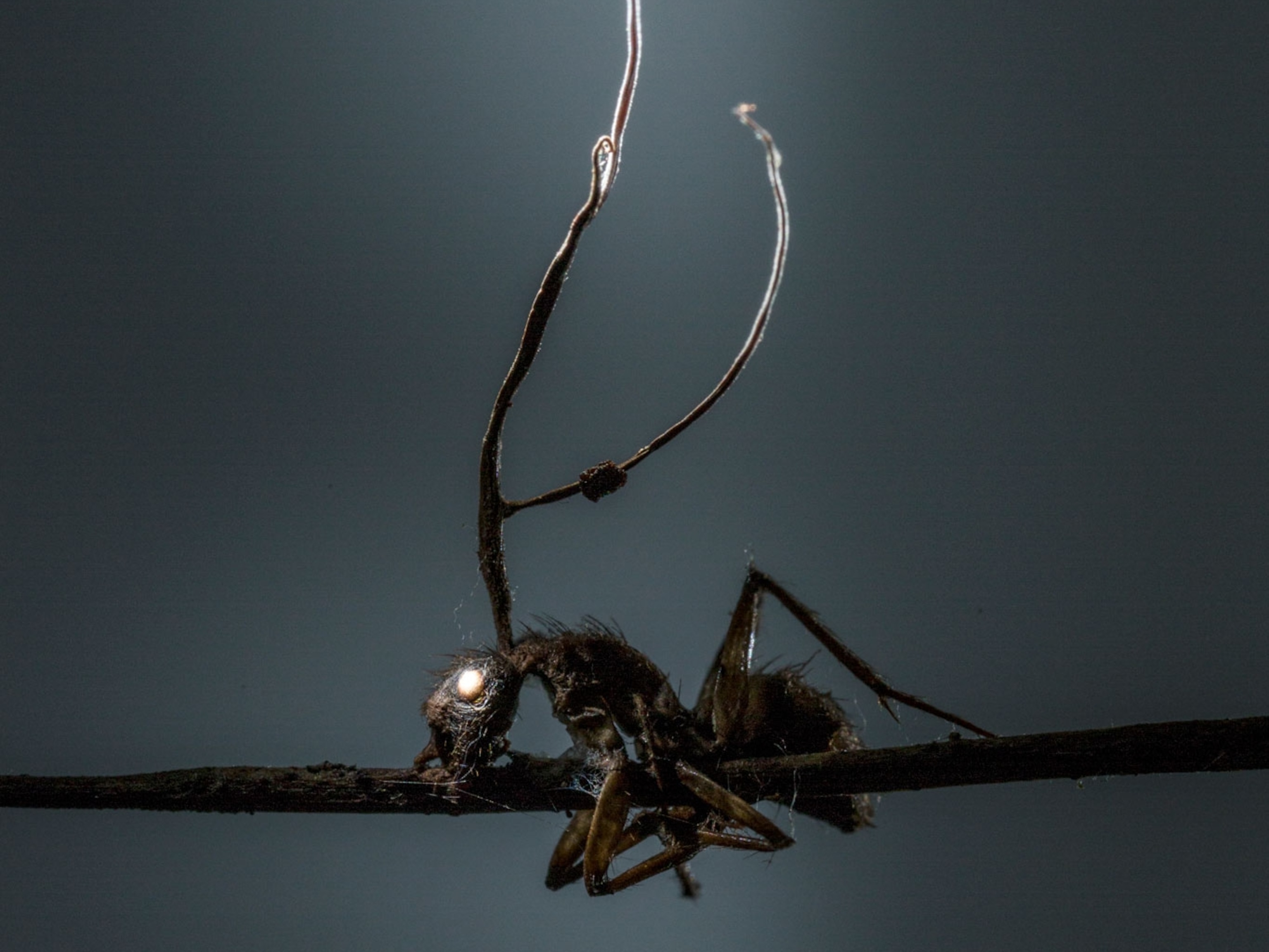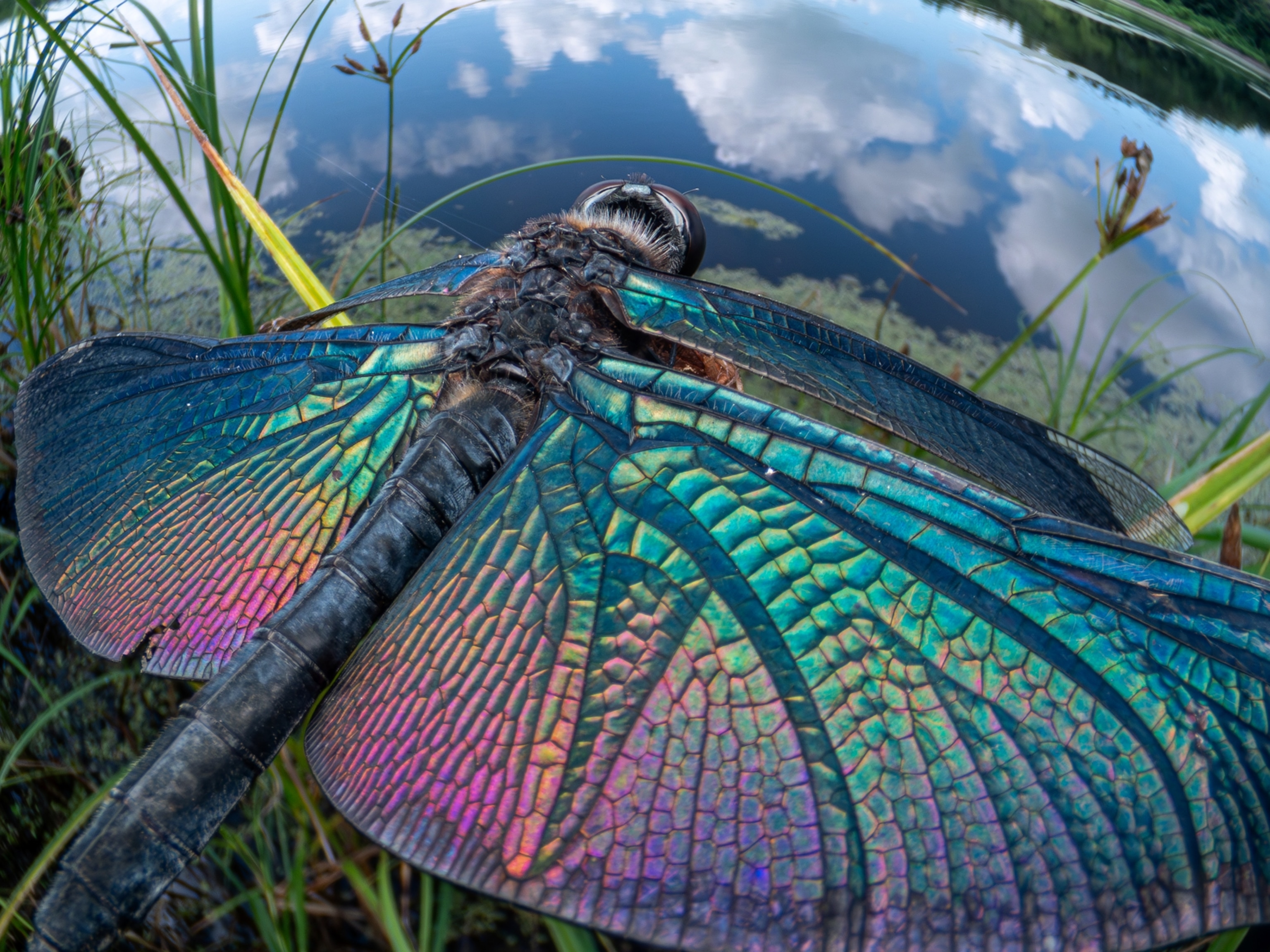
This deep-sea fish's expandable stomach can hold huge meals
Many species have evolved ways to tote their own nourishment, an adaptation to environmental challenges such as drought and cold.
It’s almost Halloween, and kids will be knocking on doors across America asking for sweet handouts. For many animals, though, finding food isn’t so easy—it requires a combination of keen senses, physical prowess, and plain old good luck.
That’s why some species have evolved a unique strategy to stave off hunger: They store their food in their bodies.
Probably the most recognizable of these is the chipmunk, whose huge cheek pouches hold nuts and seeds gathered during the warmer months. Rather than fattening up for the long winter, these 25 rodent species cache treats in their bulging cheeks. (Read about the surprising foods animals store for the winter.)
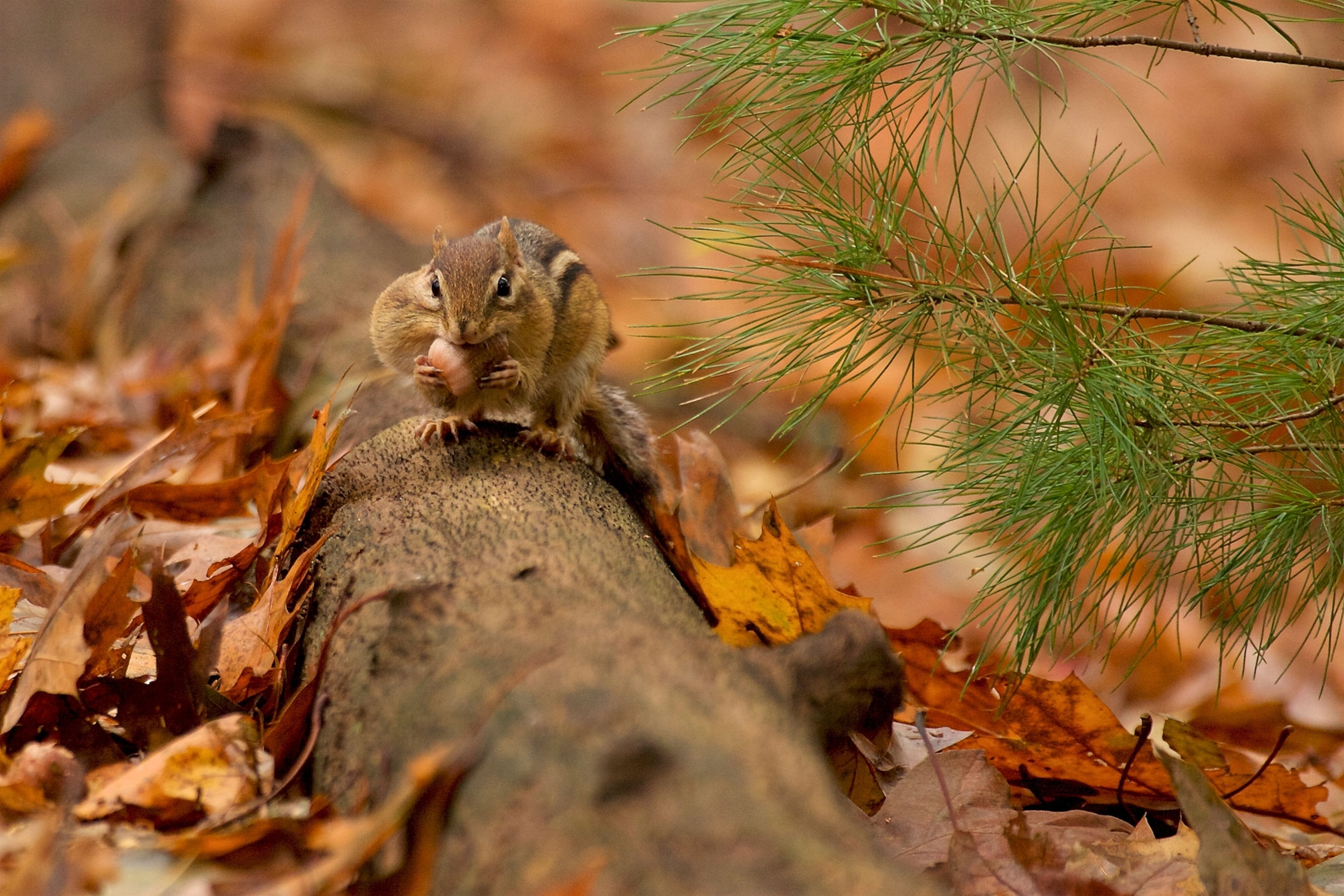
“Storing food is a fairly advanced trait,” says Tracey Sutton, marine ecologist at Nova Southeastern University in Florida. “It’s an important ecological strategy for animals that live in a very patchy food environment,” be it freezing temperatures or the remote ocean depths.
Studying such adaptations also helps scientists understand how wildlife can cope with shifting environmental changes, such as climate change.
Here are some fascinating animals that always have snacks at the ready.
Honeypot ants
Honeypot ants live in arid climates around the world, including Australia, southern Africa, and Mexico. During droughts and the dry season, some of these ants support their colony by growing their own honeypots. (Learn about the world’s fastest ants, found racing across the Sahara.)
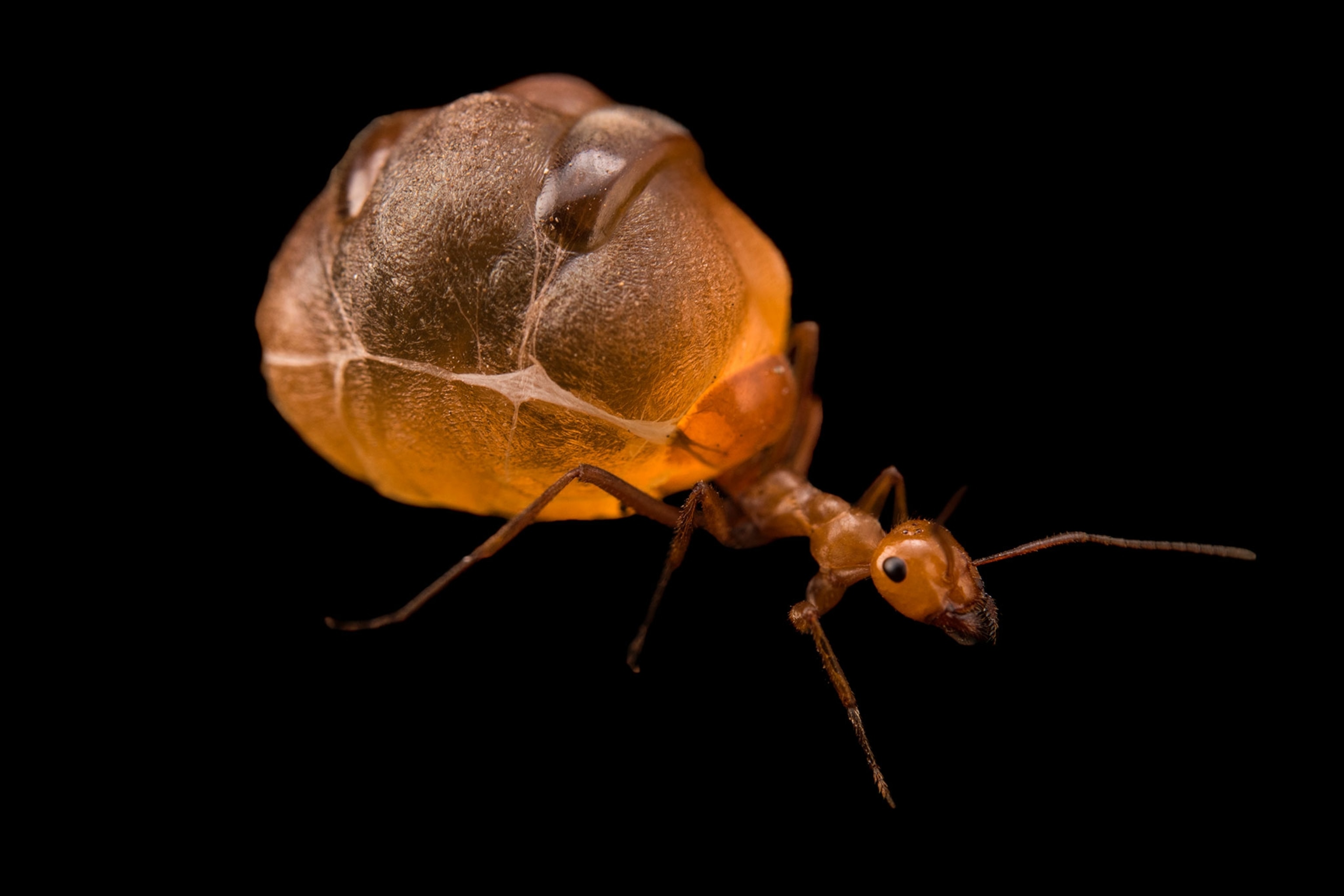
These specialized ants, called repletes, fill themselves up with nectar, sap, and a sugary substance called honeydew, which is secreted by another type of insect, the aphid.
Repletes gorge until their gasters, or the back end of their bodies, swell with the sweet stuff. Then, the insects will hang from the ceiling of their underground colonies and regurgitate the liquid to feed hungry housemates.
Black swallowers
The black swallower is a deep-sea fish that takes on much bigger prey, and then lugs around its digesting meal in a stomach that hangs below, a bit like a grocery bag.
Black swallowers live at depths of up to 2.5 miles, where food is relatively scarce—perhaps why the black swallower eats so much, as a get-it-while-you-can strategy. And in the little-populated deep, the fish can take time to digest these larger prey items without fear of being menaced, Sutton says. (Watch a deep-sea gulper eel take on a gigantic meal.)
The black swallower has also never been caught on camera, something that Sutton says he hopes will change in the future.
“Our knowledge of the deep sea is largely forensic,” he says, with most specimens being examined postmortem.
"To see behaviors in nature, even as simple as how they swim, helps us fill in the blanks."
Pelicans
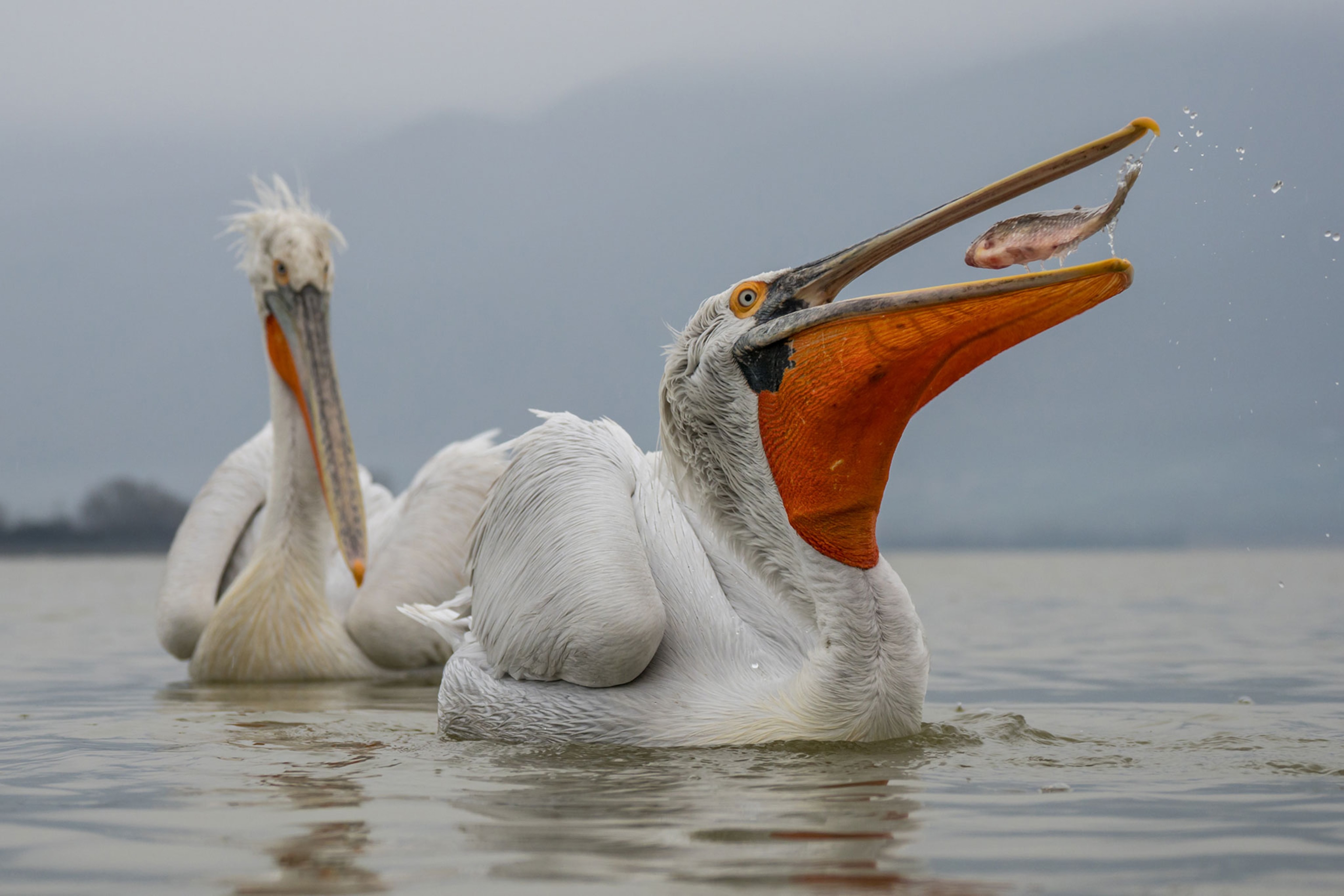
Like that kid who eats all the candy before getting home, pelicans don’t store fish in their huge bill pouches, but swallow them pretty quickly. Their pouches are mostly full of water, which they tilt their head back and allow to drain before swallowing their food.
Most of the seven species of pelicans, found worldwide except for Antarctica, “collectively fish by swimming in a line or a group and herding bait fish together,” says Bob Mulvihill, an ornithologist at the National Aviary in Pittsburgh. The birds then corral the fish between them or drive them up against a shoreline, using their bills as a scoop.
The exception is the brown pelican, a North American species that divebombs into the water, grabbing fish in the process (watch video).

Pitcher plants
The Nepenthes genus of pitcher plant, native to Southeast Asia and the northernmost tip of Australia, has a pitcher-shaped leaf that serves to trap insects, salamanders, and even small mammals. (Read about spiders that feed their leftovers to carnivorous plants.)
Some of species' pitchers have mottled coloring that looks a bit like tasty carrion, which lures prey inside the pitcher. The cup's slippery sides and protruding lip then ensures what falls in doesn’t make it out.
At the bottom of the pitchers are digestive fluids in which the prey drown and slowly decompose—enabling these carnivorous plants to thrive in nutrient-poor areas.
Well, one of these bags had to hold a trick.



